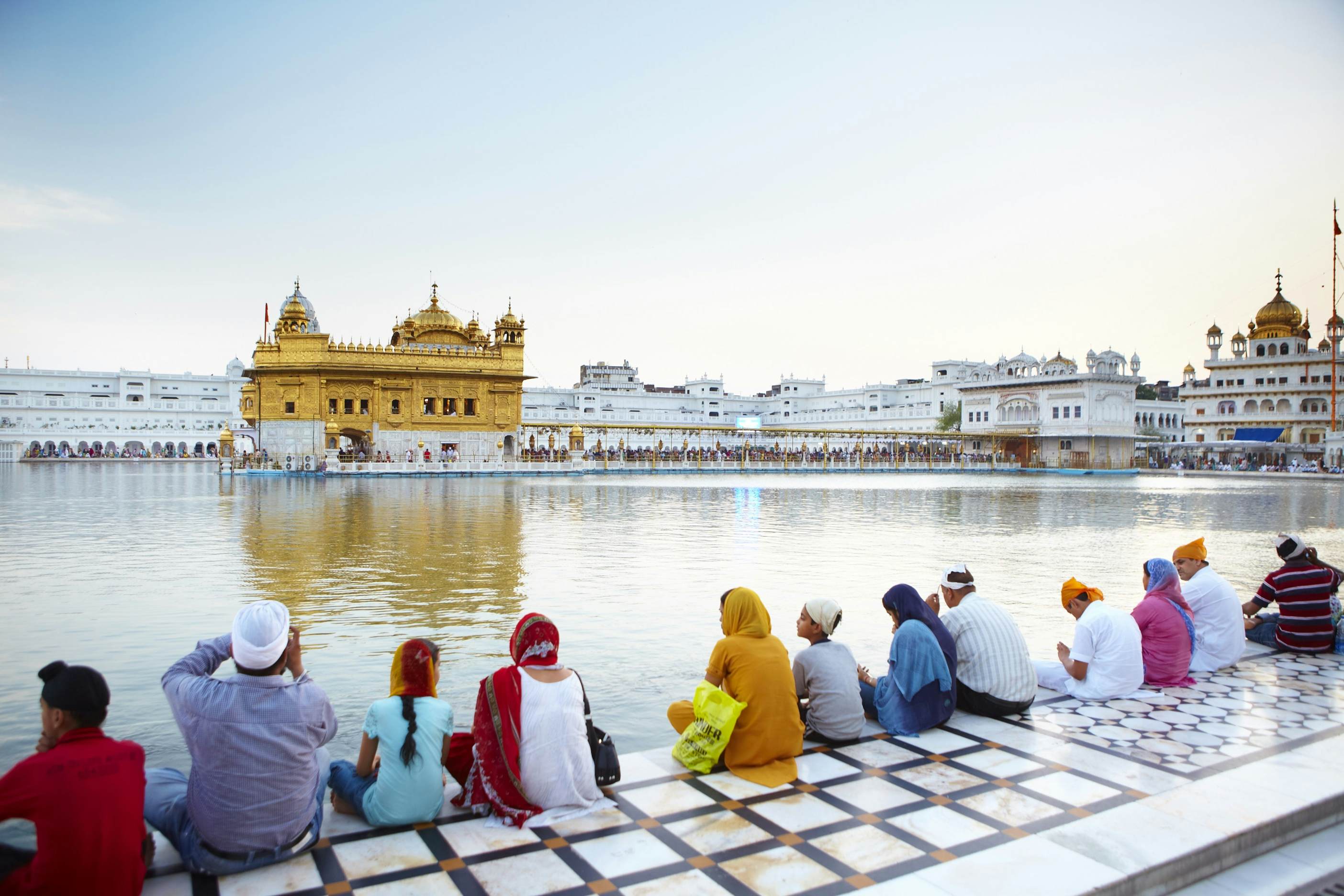Forming part of the larger Punjab region of the Indian subcontinent, the state is bordered by the Indian states of
Himachal Pradesh to the north and northeast, Haryana to the south and southeast, and Rajasthan to the southwest,
by the Indian union territory of Chandigarh to the east, and by the region of Jammu and Kashmir administered by
India as a union territory, to the north. It is bordered by Punjab, a province of Pakistan to the west.[8] The
state covers an area of 50,362 square kilometres (19,445 square miles), 1.53% of India's total geographical
area.[9] It is the 20th-largest Indian state by area. With over 27 million inhabitants, Punjab is the 16th-largest
state by population, comprising 23 districts.[2] Punjabi, written in the Gurmukhi script, is the most widely
spoken and official language of the state.[10] The main ethnic group are the Punjabis, with Sikhs and Hindus as
the dominant religious groups.[11] The state capital is Chandigarh, a Union Territory and also the capital of the
neighbouring state of Haryana. The five tributary rivers of the Indus River from which the region took its name
are the Sutlej, Ravi, Beas, Chenab and Jhelum rivers; the Sutlej, Ravi and Beas rivers flow through the Indian
Punjab.








